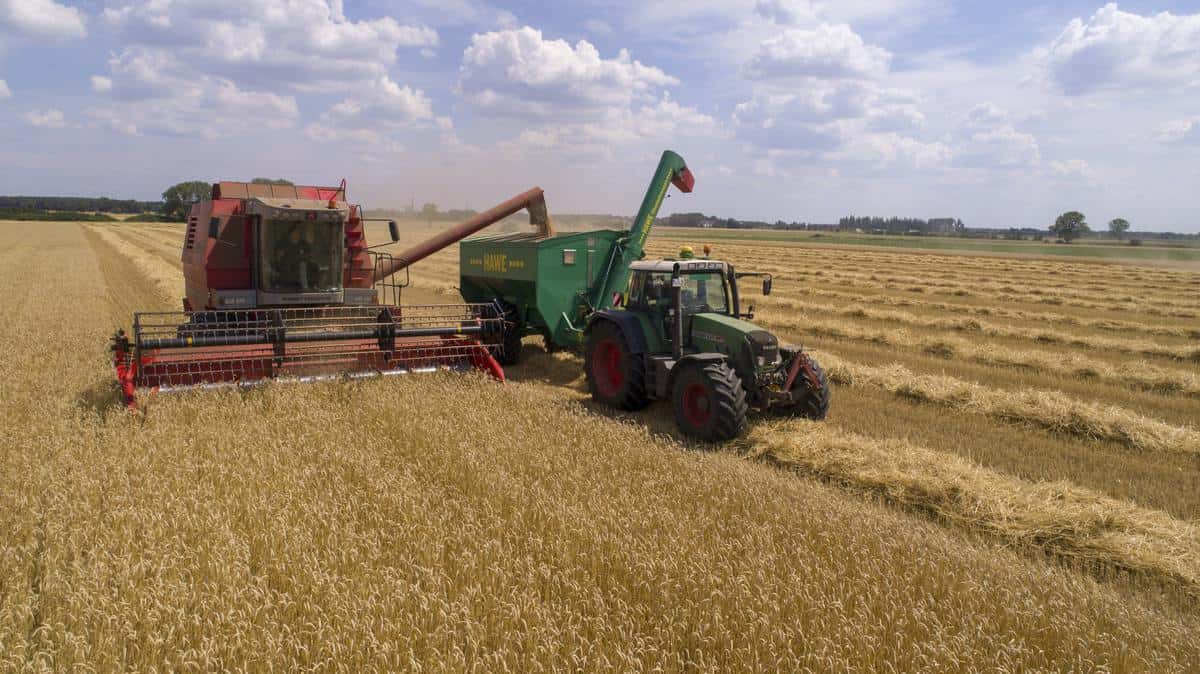A new Agtech and Logistics Hub based in Toowoomba is preparing to tackle Australia’s real-world agricultural challenges.
The hub, which opened in May 2021, is bridging the gap between industry, innovators, and investors to address agribusiness’s most pressing issues.
Australia’s agriculture industry was worth A$71.2 billion in 2020-21. With global warming and diminishing natural resources providing the ideal environment for expansion, the sector is on track to become Australia’s next $100 billion industry by 2030.
Climate change, soil erosion, customers’ changing food tastes and biodiversity loss, on the other hand, are growing challenges facing the sector.
Dynamic Business spoke with Stephen Dummett, Community Manager at Toowoomba’s AgTech and Logistics Hub, about the Agri-sector’s key challenges and how the AgTech and Logistics Hub is trying to address them.
What are the key challenges facing the agricultural sector?
Connectivity (data and IT connectivity and management)
Geography has long been a barrier to accessing suitable connectivity to adopt technology solutions required in farming both now and into the future.
Labour shortages
Agriculture and food production are critical industries for Queensland, employing around 110,000 people state-wide. However, there is currently a shortfall of about 4,000 workers in Australia’s red meat processing industry.
The COVID-19 pandemic has exacerbated the labour shortage within the agricultural sector with limited access to short term and international workers.
Water supply and sustainability
Sustainability and ECG is key area of focus for the agriculture industry. ESG is constantly driving the need for innovation in sustainability and reducing waste in all forms.
Farmers both now and in the future will need to consider and identify where there is waste within their operations and where it can be reutilised in order to work towards a zero-waste future.
How is AgTech and Logistics Hub addressing these issues?
The AgTech and Logistics Hub has developed our ‘wicked wall’ – a list of 80 challenges being faced both now and in the future, as brought to us by the industry.
We connect the agriculture industry with innovators and investors to address these challenges and create practical solutions.
We have developed priority working groups and clusters for the top concerns, including connectivity, labour shortages, waste and water management, and supply chain.
Specifically, actions include:
Connectivity (data and IT connectivity and management)
The AgTech and Logistics Hub has several partners finding unique and bespoke solutions to connectivity in the Agriculture space.
We recognise that this is our number one priority, as access to technology will enable us to solve additional challenges, including labour shortages and sustainability issues both now and in the future.
The hub provides innovators with access to Telstra and NBN Co staff who can make assist in identifying and correcting any challenges experienced.
Labour shortages
Technology and connectivity will play a key role here – not just in terms of automating current positions in the future but bringing technical skills from metropolitan areas to regional and remote communities.
Water supply and sustainability
The AgTech and Logistics Hub have also partnered with USQ to connect innovators within the industry to look at sustainability and waste across the entire agriculture supply chain.
At the moment, we are talking to producers to see if the waste is of sufficient volume to create a by-product for use elsewhere as either animal foodstuff, other manufactured outcome or energy resource.
How does the hub assist small agritech businesses and startups in securing investment and expanding?
The hub assists early-stage businesses rapidly scale through our open innovation and accelerator programs facilitated by Innovation Architects.
Collaboration within the hub’s ecosystem and industry partners allows small businesses and startups to connect with investors. Our university partners, USQ and UQ, will assist in further validating and commercialising their innovations.
How does the Agtech and Logistics Hub improve the agribusiness supply chain for the sectors?
Our AgTech Innovation Challenge is specifically designed to provide a forum for collaboration and innovation to help solve supply chain problems critical to our industry’s future.
Our mission is to accelerate the development and adoption of technologies that benefit the agribusiness supply chain.
Across the Australian agricultural industry, a drive to improve, harmonise and deliver innovative solutions to supply chain management is resulting in exciting developments in fields such as traceability, computer vision, robotics and automation, big data, artificial intelligence and machine learning, cyber security, internet of things and more.
Geography has long been a barrier for many operational aspects of farming; however, technology is closing this gap, so the location will no longer slow down technology adoption in farming.
For instance, many farmers already use drone technology, which will continue to expand and grow into the future with pre-programmed drones.
Technology companies are working with farmers to provide remote diagnostics, servicing and repairs through plug-and-play technology, or enable the farmer to repair technology equipment via video conferencing with the manufacturer in a metro area.
Keep up to date with our stories on LinkedIn, Twitter, Facebook and Instagram.

